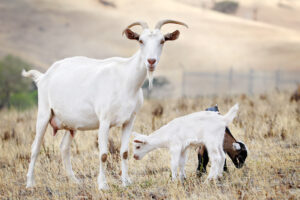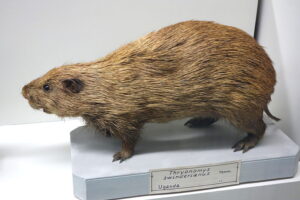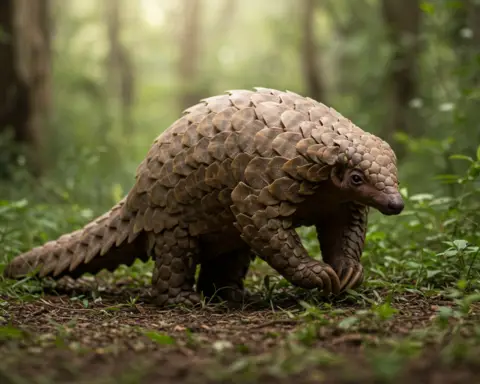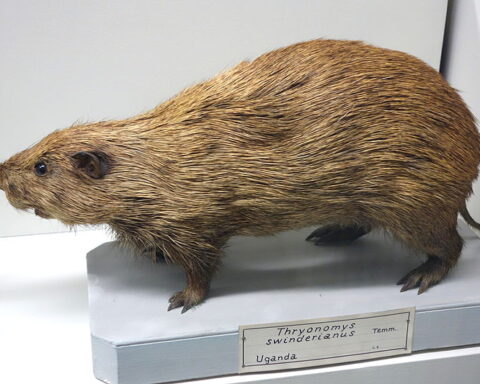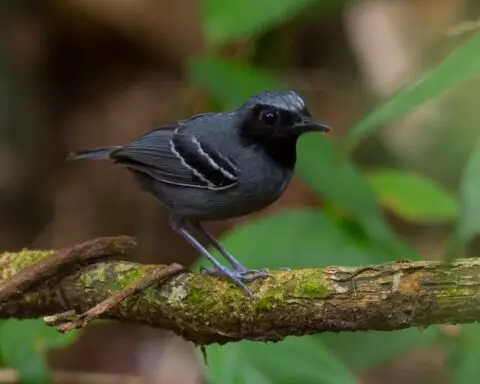Even if there are specific types of breeds that drool too much, for instance, Saint Bernard, pit bulls, and so on, too much drooling can be caused by an array of things. You would not want to have puddles of saliva all over the place, would you? Is dog drool healthy? Keep on reading!
Why do Your Dogs Drool a Lot?
All breeds of dog drool to some extent. Saliva lubricates the mouth to help move food down the stomach. Also, it helps cool canines once they pant, and there is proof that it also helps avoid cavities.
Some breeds naturally drool more than others; the way your dog’s lips meet jowls and the shape of his head play a vital role. Some breeds come with additional skin folds surrounding the muzzle; water and saliva can get trapped and drip out.
There are usually reasons behind the drooling of your dog. Harmless reasons for dogs drooling too much, in spite of breed, take account of the following:
- Excitement
- Food anticipation
- Reply to attractive odors/scents, particularly those left by animals.
On the other hand, if the dog is drooling beyond usual, something is going on. Below are some of the reasons why dogs drool excessively.
Dental Problems
The build-up of too much tartar in your canine’s mouth can lead to too much drooling. You can determine issues with the build-up of tartar by checking his teeth for redness of gums and browning of teeth, bleeding, and swelling of gums. If this occurs, the best thing to do is call your vet if you believe the problems with your canine’s mouth or teeth might be causing too much saliva. Your pet care providers can assess the dog for seriously cracked teeth, growths, mouth diseases, as well as ulcers and suggest appropriate cures like professional cleaning, extraction, and routine brushing.
Heatstroke
Maybe it seems counterintuitive; however, drooling is an indication of heatstroke. If you are worried that your dog is spending a lot of time outside and see some indications like lethargy, unresponsiveness, and drooling, heatstroke might be the cause. If that can take your dog’s life, you should take it seriously and get him to the per care provider immediately. Heatstroke can be avoided by ensuring your pet has access to water. Avoid leaving your dog outside for a couple of hours.
Anxiety
Too much saliva can also result from anxiety or stress that can build up from a visit to the pet care provider for injections or shorts, stressors, and unpleasant procedures. Canines are intuitive and pick up human habits. Therefore, if they’re a fan of visiting a vet for a check-up, this can bring on stress or anxiety, resulting in extra drooling. Typically, too much saliva will stop once the stressor is eliminated, or check-up to veterinary is over.
Cancer or Any Disease
There are many causes of salivation. On the other hand, one alarming cause in older dogs is when a mass can be found in their mouth that could be cancer; in most instances, drooling might also be a sign of kidney failure or liver disease.
Upper Respiratory Infections
Salivation can be a sign of throat, nose, or sinuses infection. Canines that live in shelters or homes with other pets have higher risks. Only the pet care provider can treat this infection. However, dog owners can take steps to keep the dog safe and sound. Keep your dog inside and far from other pets. Make sure to wash your hands when handling different animals.
Hypersalivation
This is a medical condition caused by different factors, which include allergies and infections. If you see your dog drooling too much or experiencing unusual thirst during activities, you have to take him to the per care provider immediately.
Stomachaches
Canines don’t tend to sense prior to eating. Pet care providers report pulling some items from dogs’ stomachs like socket wrenches, tennis balls, etc. This can lead to nausea, pain, and discomfort. Keep risky items away from your pet. If you believe your dog has swallowed something, it should not have, contact your veterinarian immediately.
Plant Consumption
There are lots of plants that are bad for dogs. Some common ones are azaleas, tulips, and chrysanthemums. The important thing you have to know is if when your dog has swallowed any part of the plants mentioned, which could lead to too much drooling. You will need to seek vet care immediately, so they are able to determine what happened as well s how to treat the signs.
Breeds of Dog: Play a Vital Role in Salivation
You might not think that too much drooling of your dog and slobbering is something you are able to control or handle. On the other hand, you may need to think about it if you pick a breed of dog. If you aren’t a fan of constant drooling, you need to check out the breeds prior to bringing home a dog.
Breeds of Dog Which Drool a Lot
- Dogue de Bordeaux
- Newfoundland
- Bloodhound
- Bulldog
- Neapolitan Mastiff
- Bullmastiff
- Boxer
- Bernese Mountain Dog
- Great Dane
Breeds of Dogs That Don’t Drool a Lot
- Corgi
- Basenji
- Chihuahua
- Leonberger
- Papillon
- Cavalier King Charles Spaniel
- Shiba Inu
- Siberian Husky
How to Minimize Drooling
Salivation is a common issue amongst canines, and is it so messy. There are some ways to minimize your dog’s drooling. One effective way is to put a bandana around his neck that will absorb the drool which falls, thus keeping the curtains, furniture, and flooring clean and dry. Another effective way is to dry his mouth after running or walking. Dogs are likely to drool a lot when happy or excited, for instance, if they see food. Try to put a washable towel or rug near the food bowl to seize the saliva. And also, you can discuss with your pet care provider regarding remedies that may stop the production of saliva, like lemon extract. Some use essential oils, but they are a lot risky for your dog. So, make sure to do research and consult with the vet prior to giving any treatment.

